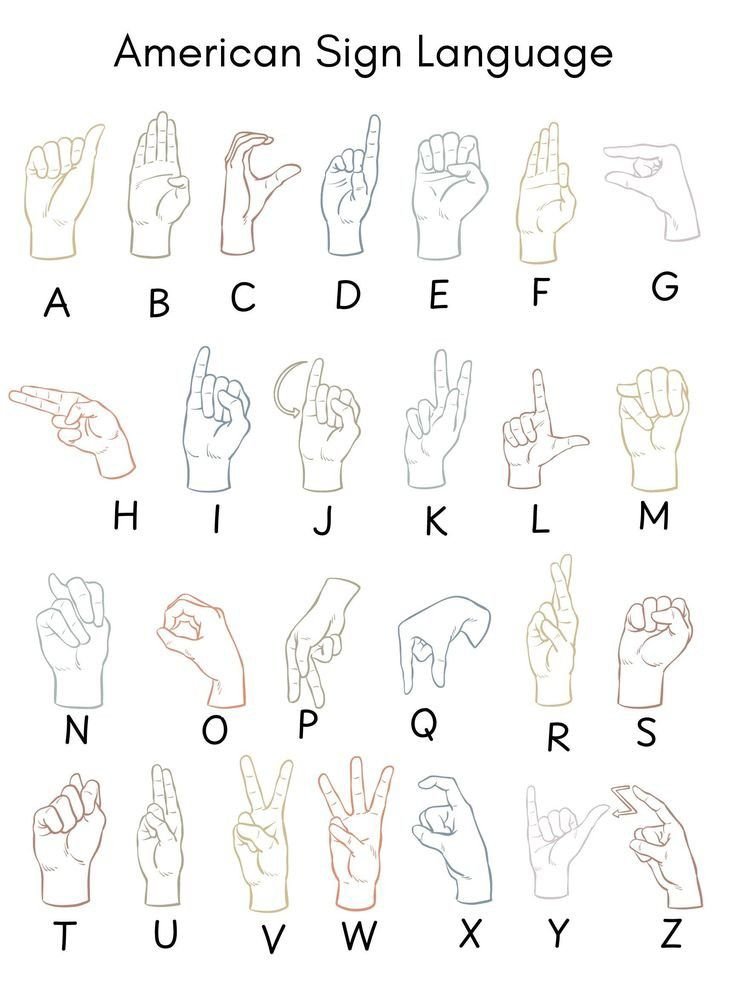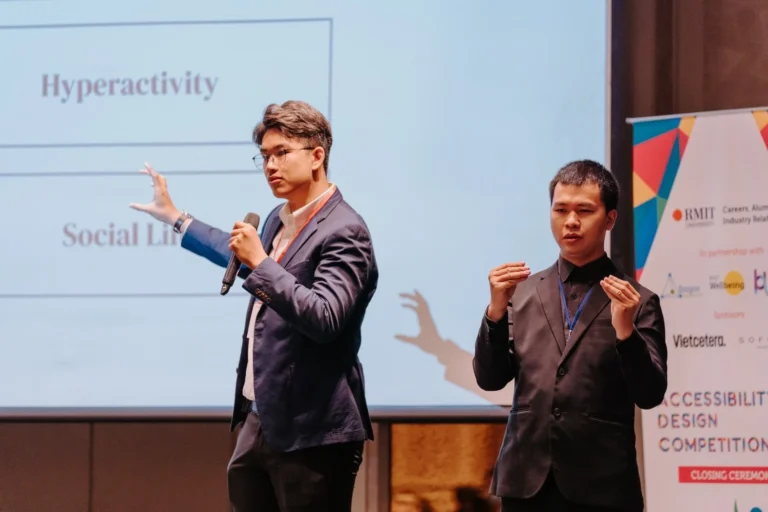Certified American Sign Language Interpretation Services – Accurate, Inclusive & Professional
For many years, Ladon Technologies Public Benefit Corporation has proudly been a trusted provider of professional ASL interpretation services for schools, hospitals, courts, businesses, and nonprofit organizations. With an unwavering commitment to language access and equity, we serve as an absolutely vital bridge between the Deaf and hearing communities across the United States.
We specialize in both on-site ASL interpretation and video remote interpreting (VRI), meticulously tailored to meet the diverse communication needs of Deaf and hard-of-hearing individuals. Whether you need ASL services for crucial medical appointments, complex legal proceedings, active classrooms, or the professional workplace, our dedicated team of certified and culturally competent ASL interpreters consistently ensures:
Accurate and context-appropriate interpretation for clear, respectful, and effective communication.
Full compliance with the Americans with Disabilities Act (ADA) – guaranteeing your rights are always protected.
Deep, extensive expertise across legal, medical, educational, and corporate settings.
In-depth training in Deaf culture and strict adherence to the highest professional interpreting ethics.

Why American Sign Language Interpretation Services Matter
American Sign Language (ASL) is a complete and wonderfully complex visual language widely used by the Deaf and hard-of-hearing community in the United States and parts of Canada. ASL is not simply a manual version of English – it possesses its own distinct grammar, syntax, and linguistic structure. Crucially, it also reflects the unique cultural norms and identity of its users. Utilizing ASL is a core, invaluable part of Deaf culture, and delivering information through ASL is not just a matter of language access – it is a profound matter of dignity, respect, and the fundamental human right to understand and be understood.
In many critical situations, such as education, healthcare, legal proceedings, and public services, the absence of qualified ASL interpreters can lead to serious, life-altering communication barriers. Deaf individuals might be unable to access vital information, make truly informed decisions, or fully exercise their rights. Professional ASL interpretation plays an absolutely essential role in ensuring that Deaf people receive timely, accurate, and meaningful communication, and are fully included in educational, social, professional, and community life.
Moreover, providing ASL interpretation services is paramount for compliance with the Americans with Disabilities Act (ADA), a pivotal federal law that mandates public and private institutions offer appropriate communication support for individuals with disabilities. ASL services demonstrate not only legal compliance but also a strong, genuine commitment to equity, inclusion, and a profound respect for diversity in our society.
In short, ASL interpretation isn’t merely a language service – it is a vital bridge that diligently removes communication barriers, powerfully promotes equal participation, and actively helps build a truly inclusive society for all.

The Role of American Sign Language Interpretation Services Across Key Industries
ASL Interpreters in Education and Learning Environments: ASL interpretation services play a life-changing role in supporting Deaf and hard-of-hearing students at every level of education. From daily classroom instruction and critical IEP (Individualized Education Program) meetings to crucial parent-teacher conferences and vibrant school events, ASL interpreters in schools ensure students have equal access to knowledge and can fully participate in every aspect of school life. Providing professional ASL interpreters not only meets federal accessibility requirements but also powerfully promotes truly inclusive and equitable education.
ASL Services in Healthcare and Medical Settings: Clear and accurate communication is absolutely paramount in healthcare, especially when discussing sensitive diagnoses, intricate treatment plans, and complex medical procedures. ASL interpretation in hospitals and clinics empowers Deaf patients to fully understand their health conditions and make informed decisions about their care. Certified medical ASL interpreters skillfully assist with patient intake, consent forms, aftercare instructions, and real-time communication between doctors and patients – significantly improving treatment outcomes and reducing medical errors.
Certified ASL Interpretation in Legal and Judicial Systems: In courtrooms, legal offices, and administrative hearings, certified ASL interpreters are essential to ensuring that Deaf individuals have fair and equitable access to justice. Whether during trials, depositions, legal consultations, or immigration proceedings, ASL services uphold fundamental legal rights and guarantee due process. Utilizing professional ASL interpreters reflects full compliance with the Americans with Disabilities Act (ADA) and a deep commitment to equity within the justice system.
ASL Services for Businesses and Public Agencies: Businesses and public organizations consistently rely on ASL interpretation services to communicate effectively with Deaf employees, clients, and community members. From crucial job interviews and comprehensive employee training to vital customer service and important public announcements, professional ASL interpreting strongly supports accessibility and powerfully reflects core values of Diversity, Equity, and Inclusion (DEI). Organizations that thoughtfully invest in ASL services not only meet legal obligations but also build invaluable trust and genuine engagement with the Deaf community.
Professional ASL Interpreters – Fluent, Ethical, and Culturally Competent
At Ladon Translation, we partner with an exceptional team of highly qualified American Sign Language (ASL) interpreters who are professionally trained and possess a profound understanding of Deaf culture. Each interpreter meticulously meets stringent professional standards to ensure truly exceptional service in every communication setting:
Certified by nationally recognized organizations, such as the Registry of Interpreters for the Deaf (RID) – which guarantees professional competence and rigorous ethical standards.
Fluent in both English and ASL, enabling clear, accurate, and contextually appropriate communication that flows naturally.
Extensively trained in Deaf culture and visual communication norms, including essential eye contact, spatial awareness, and nuanced body language – critical elements for conveying the full message.
Highly experienced across multiple sectors, including healthcare, legal, education, public services, and technical fields.
Deeply committed to professional ethics, including strict confidentiality, unwavering neutrality, and profound respect for the autonomy of Deaf clients.
American Sign Language – More Than a Language, a Living Cultural System
ASL is not simply “English on the hands,” as some might mistakenly assume. It is a fully developed visual-spatial language, with its own unique grammar, intricate structure, and distinct cultural values. Key linguistic features include:
Spatial grammar and referential use of space: ASL speakers assign physical locations in front of them to represent people and objects, visually demonstrating the intricate relationship between subjects, actions, and recipients in a sentence.
Time sequencing and classifiers: An action like “I gave the book to her” is expressed by strategically locating “I” and “her” in space and utilizing a directional verb combined with a specific handshape classifier to represent the object “book.”
Facial expressions and body language as grammatical components: In ASL, non-manual markers (e.g., raised eyebrows, a subtle head tilt, widened eyes) are absolutely integral to meaning, powerfully conveying questions, negation, and emotion—much like punctuation and intonation do in spoken language.
Cultural norms deeply rooted in visual communication: For example, sustained eye contact is essential in Deaf culture; interrupting follows different, specific rules than in spoken conversations; and clarity and directness are prioritized in message delivery.
